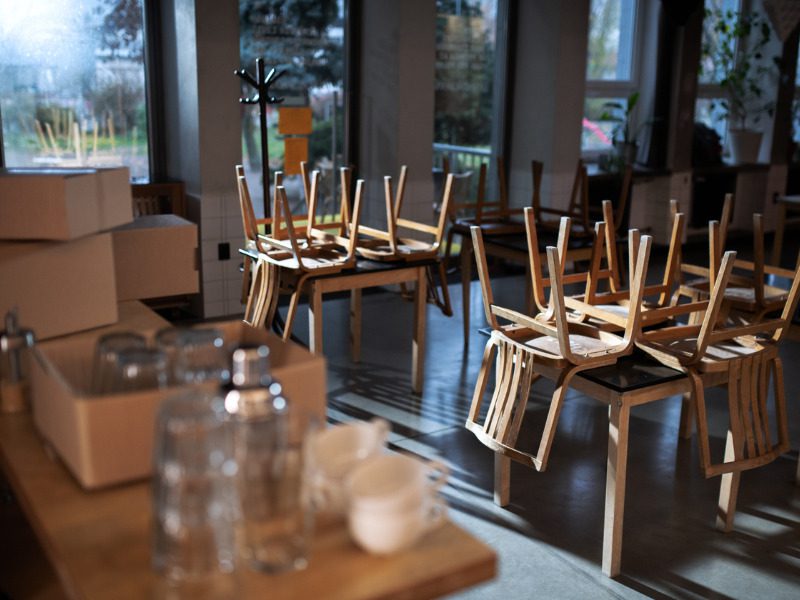Why the pandemic hit these Canadian sectors particularly hard

Hospitality was the sector hardest hit by the pandemic in Canada, but that industry was already challenged with access to capacity prior to both the pandemic and the current hard market, Deloitte said in a recent report.
The impacts of the pandemic and hard market were not uniform across the economy, with certain industry sectors seeing challenges with claims costs prior to the pandemic and a stronger impact from the hardening market. Canada’s hospitality and real estate sectors saw renewal rate increases greater than the market as a whole, Deloitte said in its State of the Canadian Commercial Property & Casualty Insurance Market 2022 report. Transportation and construction also faced challenges.
The Canadian hospitality sector was the hardest hit, with revenue shrinking by 15.2% between 2019 and 2021, Deloitte reported. However, the industry – particularly small businesses – was already challenged with access to capacity, and even if capacity was available, “prices were remarkably high.
“This was a particular issue for firms with exposure to liquor liability, which has seen an increase in large liability claims.”
Revenue declines were largely driven by government-regulated shutdowns and the operational complexity of adhering to the COVID-19 protocols that negatively impacted both revenue and expenses.
iStock.com/buzbuzzer
Throughout 2019 to 2021, access to capacity and rates worsened for the hospitality sector, specifically for micro- or small-sized businesses (those with 99 or fewer employees). On the other hand, large-sized businesses (100 to 500+ employees) explored establishing captives and other alternative risk financing models.
“During the pandemic, risk management emerged as one of the leading differentiators for businesses and their sustainability,” Deloitte said in the report. “Businesses that adopted governance and risk reduction best practices in coordination with their broker and insurer saw improvements in their risk profile that helped mitigate their insurance costs.
“The insurers and the brokers play an important role in educating the businesses on factors contributing to the availability and affordability challenges with commercial insurance.”
Real estate is a “habitually challenged” segment, with increasing numbers of large fire and water damage losses, Deloitte said in the report. While some of the increase has been related to the increase in temperature and severe weather events, experts interviewed by Deloitte believe that issues with construction quality and inadequate maintenance have contributed significantly as well.
“Some carriers have provided more risk mitigation support to real estate clients, but with mixed success. Nonetheless, because of the size and growth of the sector, insurance capacity has returned, and is believed to be stable and potentially increasing.”
Transportation was a sector that saw a material shift in business mix, driven by the increase in online shopping. The amount of insurance available to clients decreased during the hard market (causing premiums to rise and making it challenging for some clients to get coverage). That said, clients, insurers and brokers have all been making substantial investments in technology and risk management services (such as dash cams to improve driver safety) to address the exposure and profitability of the industry.
New risks and regulatory issues, including transportation-related licensing, permitting and interprovincial protocols, have emerged. COVID-19 further compounded pressures on the sector, resulting in driver shortages and safety issues.
“These factors have created a driver pool that is less experienced and less-well trained, operating in a more challenging environment, which has led to increased risk exposure for the industry,” Deloitte said.
Construction was another sector that experienced increased risk exposures as an outcome of the shortage of skilled trade workers but also reduced foreign suppliers, and the complexities of adhering to COVID-19 safety measures.
“This triggered a spate of claims for defective work in high-rise construction,” the report said. “Insurers and brokers have identified the increasing exposure and have been working with clients to establish risk mitigation plans where, if the plans are not followed, deductibles could be increased.”
Overall, the pandemic affected the commercial insurance market in a variety of ways, including through business closures or reduced business activity, and by supply chain disruption and slowed or deferred litigation.
Indeed, property claims were down 6% during the pandemic, and while liability claims rose in 2019 and 2020, they declined 16% in 2021. Commercial property and liability premiums also increased approximately 35% between 2019 and 2021.
Feature image by iStock.com/Halfpoint



